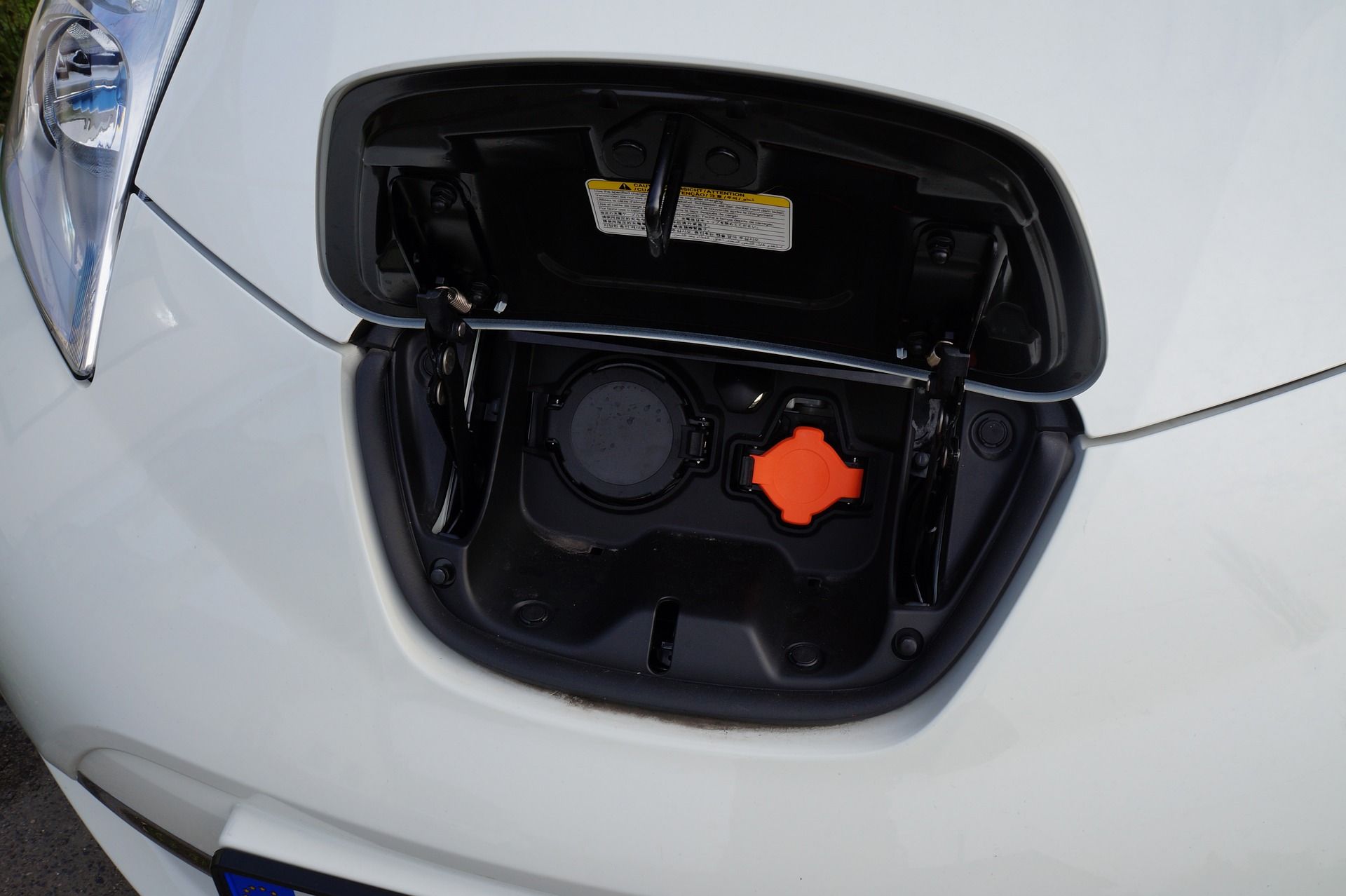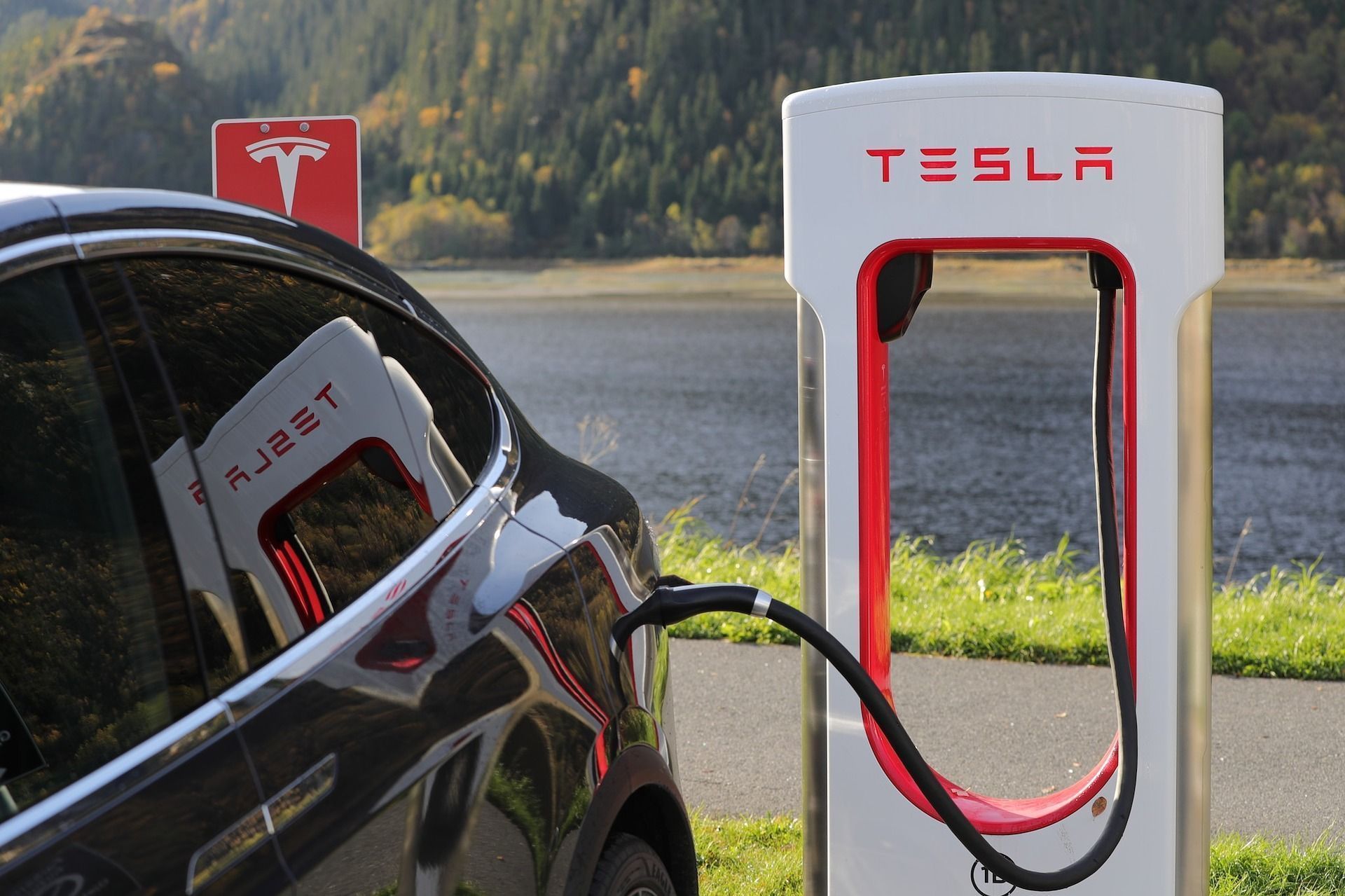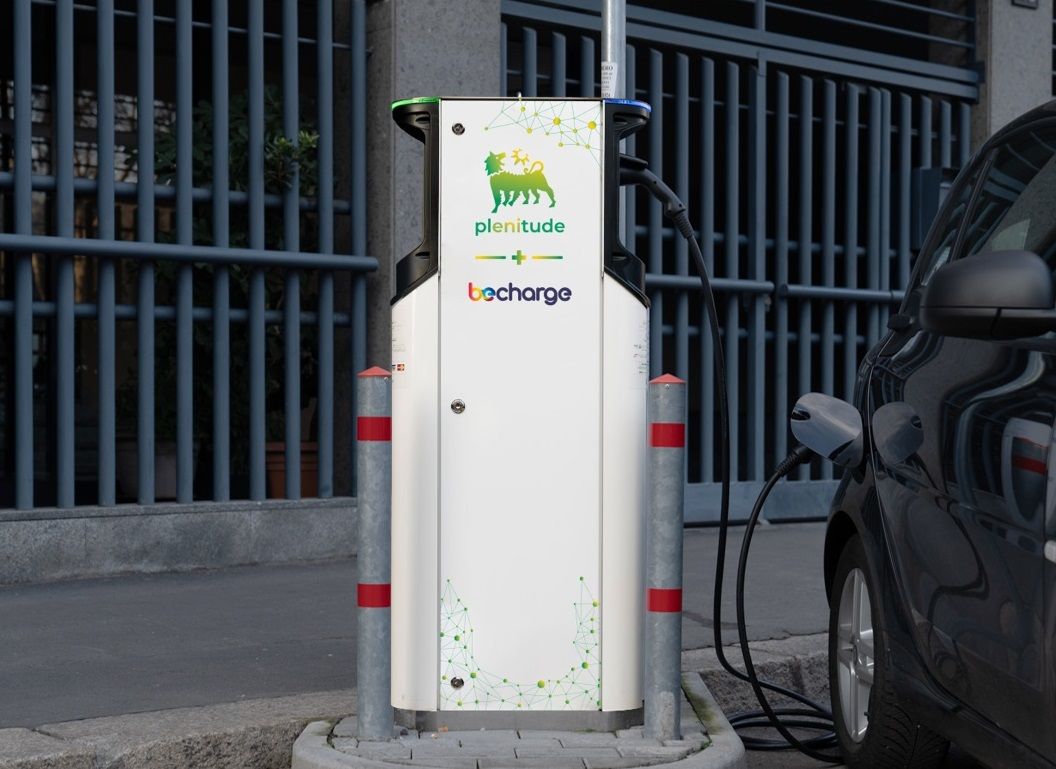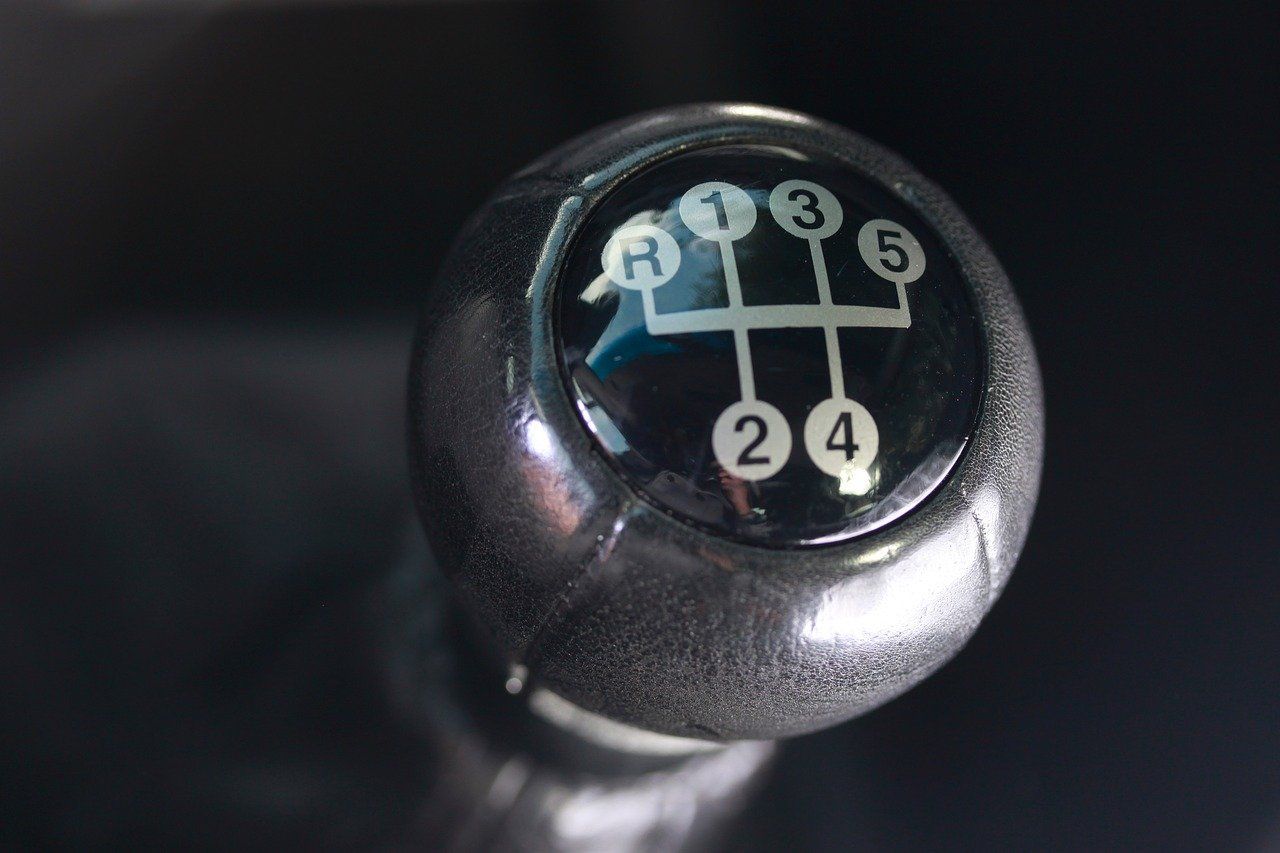Have you bought an electric car and are not sure how to recharge it?
Let’s face it, when you buy an electric car for the first time you have to take some time to delve into this new world and understand how to deal with the seemingly more complex aspect: recharging the car.
Columns, apps, cards, sockets and connectors; these are all things that can frighten those who approach this world for the first time. In fact, it’s much easier than you might think, especially now that electric mobility has made major strides. In any case, knowing the basics is essential to be prepared when the dealer will deliver our new electric car.
I bought an electric car, what cables do I need?
This is one of the most classic questions that all those who buy an electric car for the first time ask themselves. It is immediately necessary to distinguish between home charging and that at public charging stations, whether they are in alternating current or direct current.
Recharge at home
Depending on the connectors you can safely recharge at home even at low power (2-3 kW), without having to request an increase in power of your user (however recommended). Obviously, you have to be aware that the times for energy supply are very long. However, being able to recharge your car in the garage at home is very practical and also allows you to save money.
The best solution is to install a wallbox, that is, a device specially prepared to be able to recharge an electric car. There are many types and they also support different powers (up to 22 kW). Generically, they also have a cable with Type 2 connector that can be connected directly to the car, alternatively you can use the cable with Type 2 connector that comes with the car, make sure it is included in the standard equipment by asking your dealer.
Alternatively, you can use the “portable” charger that manufacturers usually offer with the car, to be connected to a normal power outlet. The home charging cable ends, on the opposite side to that of the car, with a three-pole Italian socket or with a Schuko socket.
Be careful, however, normal home sockets are not made to support important loads for a long time. Therefore, if you want to follow this path it is better to have the socket and system checked by an electrician.

Public charging
Charging at public charging stations is the one that “scares” the most the first few times, but it is very simple. The cable to be used, the app and the tiles, are all things that can disorient. In reality, it is enough to know a few but precise concepts.
From the alternating current columns, a Type 2 cable is sufficient. Everyone is fine, but not everyone is the same. Aesthetically they look identical, but some are made to support higher powers. The scheme is as follows:
- AC 7.4 kW (single-phase, 32 A)
- AC 11 kW (three-phase, 16 A)
- AC 22 kW (three-phase, 32 A)
Why is it important to know this difference? It must be remembered that at the alternating current columns, it is the car charger that “commands”. There are cars that can charge at 7.4 kW, 11 kW or 22 kW. This means that, based on the maximum charging power, you need to choose a cable that can support it. Otherwise, we will not be able to make the most of the car’s internal charger.
Don’t worry though: even using an “undersized” cable for the column, charging will start. The only drawback is that it will take you longer.
In the case of direct current columns, no cable is required because it is integrated into the column itself. In Europe the standard is the CCS Combo 2. In this case the power, as long as the column is able to deliver it, depends on how much the battery is willing to accept. Some new cars are able to recharge with peaks even higher than 200 kW for very fast refueling times.
Beware of some old models of Japanese electric cars such as the Nissan Leaf. These cars have a CHAdeMO connector, still present in several DC columns, but which no longer has a future.

What if I bought a Tesla?
In addition to what was previously mentioned, we must talk about Superchargers, stations for fast charging dedicated to these cars. Here it is even easier. Once parked, simply connect the cable integrated in the column to the car socket and charging will start automatically.
For some time, Tesla has integrated the standard “CCS Combo” connector on its cars, thus making them compatible with any charging station in alternating or direct current.

Cards and apps for smartphones
To start charging from a charging station you must use the card or the app of the manager. In the case of the app, just locate the column, select it on the screen (or scan the QR code) and start charging. With the card, however, just bring it closer to the column to be authorized to recharge. To finish the energy supply you will have to close the session always with the app or with the card, the display of the column will guide us.
To make life easier for electrical users, some apps include multiple networks for charging. In this way it is possible to use a single app and a single tile for most of the columns. Using the Plenitude+Be Charge app, for example, it is possible to manage the charging not only of its columns, but also of those of the partners with whom it has signed interoperability agreements. Therefore, using this app you can have access to thousands of columns on the Italian territory, both in direct current and in alternating current.
Charges are usually made to credit cards paired with apps and cards.

How much does it cost to recharge?
Here, too, a distinction must be made. The costs for charging at home are not those of public charging stations. Speaking of home charging depends a lot on the economic conditions of your energy supplier. You can think, on average, of a fork between 0.25 to 0.30 euros per kWh.
So, assuming a car with a 50 kWh battery, a full tank costs between 12.5 euros and 15 euros. As regards, however, the supply of energy at public infrastructures, even here the prices can vary not only depending on the operator but also depending on the power supplied. Charging at an AC charging station will cost less than a full tank at a high-power DC station.
Plenitude+Be Charge, for example, charges 0.45 euros per kWh at the alternating current columns, making it one of the most convenient operators on the market.  A full tank, always with a car with a 50 kWh battery, will cost, therefore, 22.5 euros. For those who often use the electric car and public recharges, Plenitude+Be Charge offers prepaid packages or subscriptions that allow you to save money compared to use on consumption. The most convenient subscription allows you to lower the price to € 0.35 / kWh, related to the monthly subscription that provides 500 kWh every month at a cost of 175 euros.

In partnership with
![]()









